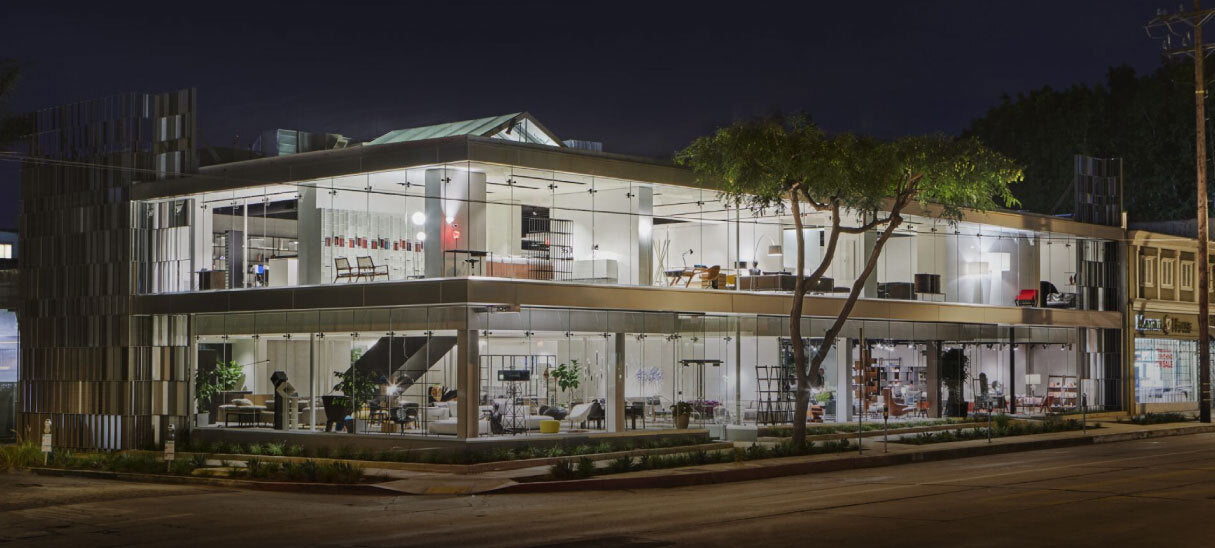Useful and novel, cunning and resourceful, innovation inspires meaning in our lives, driving us to face complex challenges with creative solutions that impact how we live and what we value. Innovation is paramount to progress and drives success in business, but how do we cultivate it? What makes innovation possible and how do we harness the imagination and ingenuity that unleashes new perspectives on troubling obstacles? One powerful and proven methodology for crafting breakthrough solutions with applied creativity is design thinking, a human-centric and solution-based approach that has launched the design world into a triumphant space for affecting lives with finesse and tactful aplomb but has seen success in non-design businesses across the globe, too. By exploring the fundamentals of design thinking and unveiling how the strategy drives innovation in business both small and large, we can see how design thinking can improve one’s personal and emotional landscape as well, offering new ways of approaching the problems we confront with empathy, fresh eyes, a collaborative mindset, and unbridled creativity.
Ever since the CEO and president of design company IDEO Tim Brown wrote about it in the Harvard Business Review, design thinking has rocketed into the public sphere, becoming a widely discussed and highly lauded system for finding new ways of managing existing problems, and thwarting problems before they exist. Originally based on designer’s workflows for mapping out stages of the design process, the essential steps involved have since been adapted to a variety of innovation strategies, from improving patient experience in the health care sector to modifying behaviors of those with autism based on motivation and rewards. To better understand why it works, first we must grasp what it is, and what makes it different from the more traditional problem-based approaches that preceded it. At the heart of design thinking is the human experience – the user, the consumer, the people at the center of the designed encounter are what matters most, and when identifying a problem, all questions must seek to address solutions from their point of view. Empathy and immersion into the mind of the user is paramount. What the user sees as the problem may be different from what corporate heads imagine it to be, so a process of understanding the people involved is the first step in design thinking, and can come about in a variety of ways, whether through focus groups, user interviews, or having the problem solvers themselves become users and observe what situations arise from their experience with the product or tool. By building empathy and embarking on a voyage of discovery with the people involved, one better understands who they are designing for, what their needs are, and how to innovate based on those needs.
Once empathy has been employed and a problem has been identified, the next step in design thinking is to ideate. In design thinking, this process is rich in out-of-the-box thinking and cooperation among a diverse group of problem-solvers, emphasizing new perspectives to a solution regardless of whether or not it at first seems feasible. The possibilities for cultivating ideation are limitless and can involve techniques from brainstorming to role-playing scenarios. Here, focus is given to solutions and creativity is encouraged and valued, diverging from traditional methods of problem solving where the problem itself is at the center of conception, and diversity among idea generators is not always valued. This gives design thinking a competitive advantage when it comes to innovation, looking to that which is both unique and practical. Now once a number of well-considered, and likely quite different, ideas have been carefully vetted, and it has been made clear that the conditions for their success are quantifiable and achievable, the best ideas generated from the ideation process can be given life through the final two stages of design thinking – prototyping, where a scaled-down, inexpensive version of a product is manipulated and tested for potential flaws, and testing, an iterative phase which identifies more broadly how the prototype works based on the feedback from users. These processes can be repeated multiple times until the desired result is achieved, users are pleased with how the proposed solution makes them think, behave, and feel, and innovation is made manifest with ease and delight.
At a time when innovation is tantamount to improved quality of life and success in business, design thinking has penetrated our social fabric, recognizing human beings as motivated by differing emotions and perspectives and fostering creativity through engagement, dialogue, and learning. By integrating design thinking into corporate strategy, companies as diverse as Apple and IBM, Nike and Proctor & Gamble, Coca-Cola and Whirlpool revealed new products and made qualified improvements on existing ones that fundamentally affected how we navigate our lives with a sense of purpose and efficiency. Yet design thinking not only affects the success of a final product and ultimately the people whose lives are enhanced by it; there is evidence to suggest design thinking elevates the lived experience of those who engage in its strategy, opening minds and forging new pathways for social connection, creativity, and engagement with the world around them. What began as a natural flow for designers to research and rollout new designs that affected people lives is now a way of thinking accessible to all, a defined process for innovation that garners a broader commitment for change, human-centered, pioneering, and constructive.
February 2024























